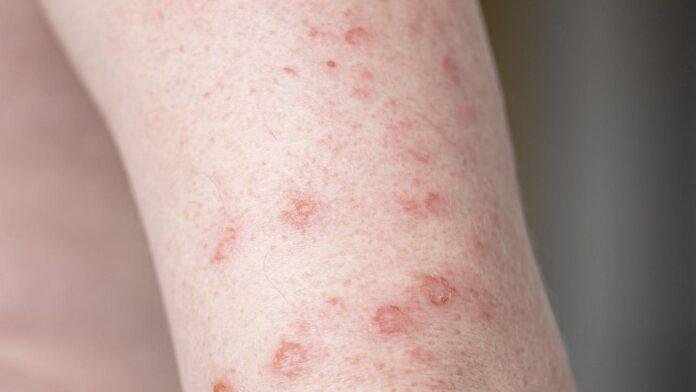The Union Health Ministry has issued an advisory on ‘Tomato Flu’, also known as Hand, Foot, and Mouth Disease (HFMD), after over 100 cases were reported in Kerala, Tamil Nadu, Odisha, and Haryana. . The advisory states that it is a self-limiting disease that mostly targets young children and immune-compromised adults aged 1-10 years and that no specific drug exists to treat it.
The advisory further mentions that although the tomato flu virus exhibits similar symptoms to other viral infections (fever, fatigue, body aches, and skin rashes), the virus can also cause SARS-CoV-2, monkeypox, dengue, and/or chikungunya. Not related at all.
The best prevention is the maintenance of proper cleanliness and hygiene of the surroundings. Isolation should be followed for 5-7 days from the onset of any symptoms to prevent the spread of the infection to other children or adults.
Tomato flu was first identified in Kollam, Kerala on May 6, 2022. As of 26 July, the infection has been reported by local government hospitals in more than 82 children under the age of 5. Additionally, RMRC Bhubaneshwar reported 26 children (aged 1-9 years) falling ill in Odisha.
From where it got the ‘Tomato Flu’ name
The name tomato flu comes from the main symptom of this disease, that is, tomato-sized blisters appear on many parts of the body.
The blisters start as small red blisters and when they get bigger, they resemble tomatoes.
The primary symptoms seen in children with tomato flu are similar to those of other viral infections, including fever, rash, and joint pain.
Skin rashes can also cause skin irritation.
It begins with mild fever, loss of appetite, malaise, and often a sore throat.
A day or two after the onset of fever, small red spots appear, which turn into blisters and then ulcers.
The lesions are usually located on the inside of the tongue, gums, cheeks, palms, and soles.
Symptoms get better after a few days.
Symptoms get better after a few days
The Health Ministry said that tomato flu is a self-limited infectious disease as the symptoms get better after a few days. The ministry said that the disease appears to be a clinical form of the so-called HFMD which is common among school-going children.




